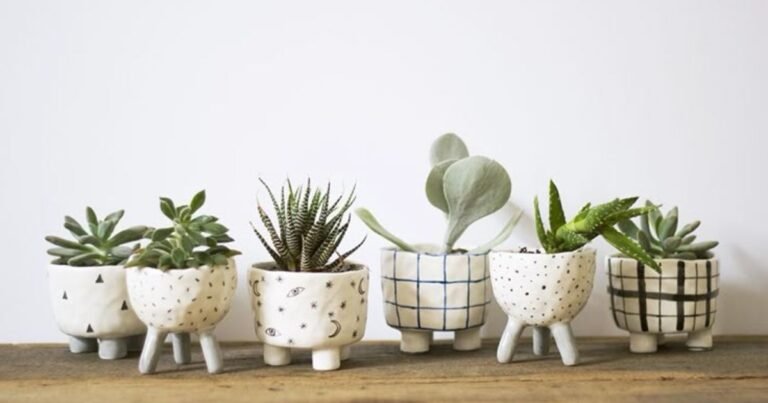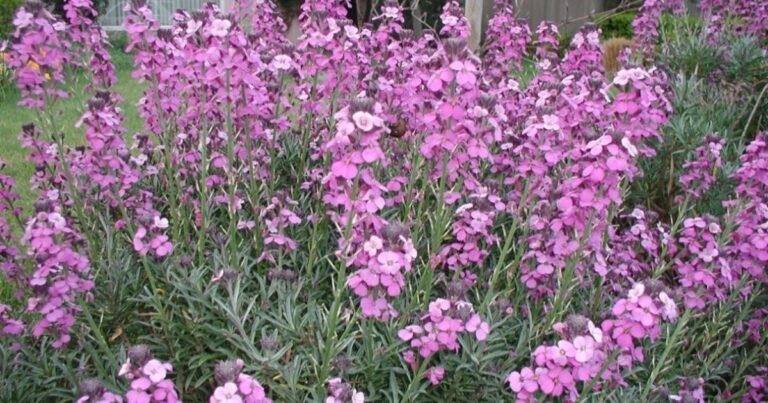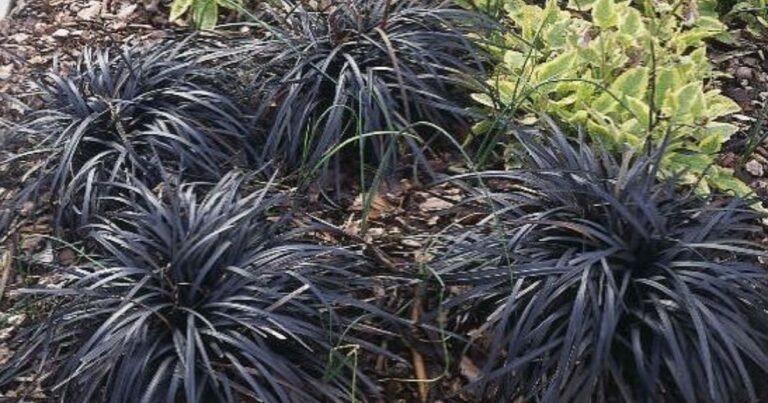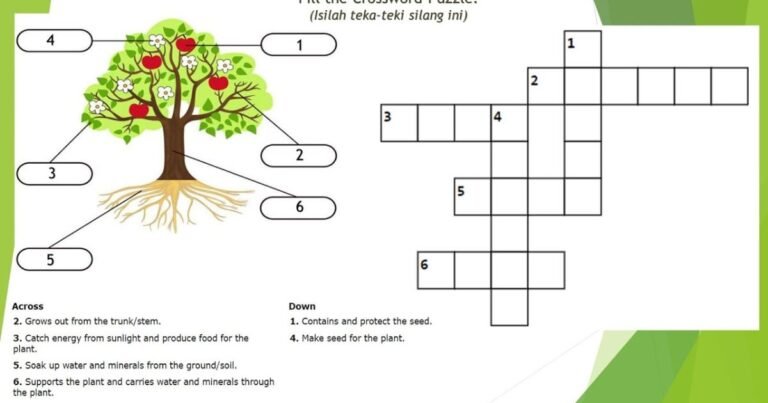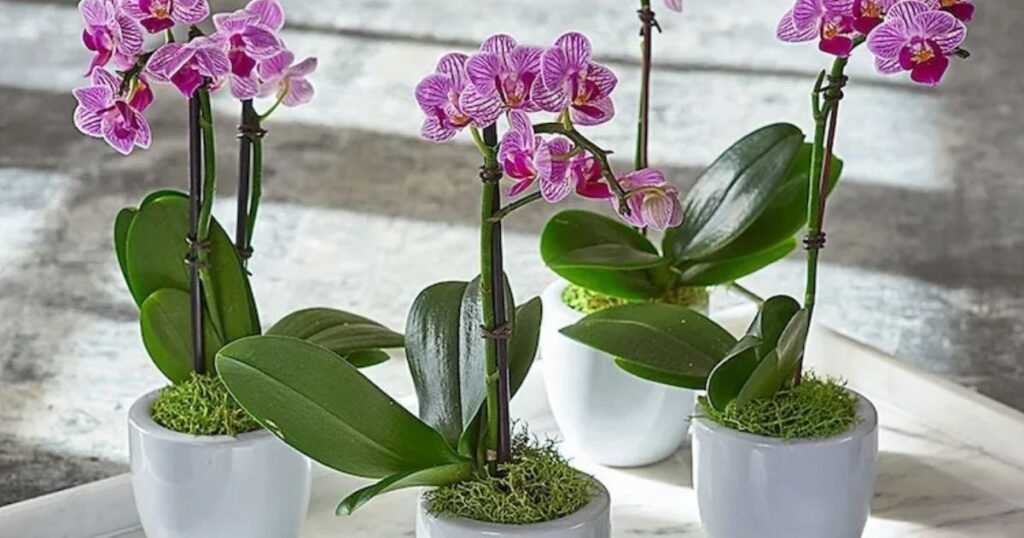
Choosing the right orchid pot keeps roots alive and strong.
Many people think orchids are hard to grow. But here’s the truth: the biggest problem isn’t the plant, it’s the Orchid Plant Pot. If your orchid’s roots are always soggy or dry, your pot might be the reason.
Root health affects everything color, blooming cycle, even lifespan. Picking the wrong pot leads to hidden stress on the plant, eventually killing it slowly. But with the right pot, your orchid breathes better, holds shape, and flowers beautifully.
What Problems the Wrong Orchid Pot Can Cause?
Let’s talk about real problems not generic fluff.
- Roots start rotting due to poor drainage.
- Mold or fungus builds up inside the pot.
- The plant leans, bends, or grows unevenly.
- Orchids become stunted or refuse to bloom.
These aren’t just minor issues. They frustrate beginners, break confidence, and push many to quit plant care altogether.
What Type of Pot Is Best for Orchid Plants?
Here’s a breakdown that works, no guesswork.
- Clear Plastic Pots: Ideal for beginners. Let you see root health, easy to monitor moisture. Use only if placed inside decorative outer pots.
- Clay Pots for Orchids: Best for airflow. They let roots breathe and prevent rot. Heavy enough to support tall stems.
- Slotted Orchid Pots with Drainage: Essential for anyone dealing with orchid root rot prevention. Water flows out quickly, and air enters freely.
Always go for orchid pots with drainage holes. No hole = slow death.
Signs Your Orchid Needs a New Pot
Still using the store-bought plastic cup? Time for change if you notice:
- Mushy or black roots
- Mold or fungus at base
- Leaves turning yellow
- Orchid tipping to one side
This means your current Orchid Plant Pot is choking the roots. That’s not something you want to delay fixing.
Repotting Orchids: When and Why You Should Do It?
Repot once every 12–18 months. But more importantly repot after flowering, not during.
Use the chance to:
- Clean dead roots
- Inspect for rot
- Add fresh best potting mix for orchids (like bark, charcoal, or sphagnum moss)
This rebuilds a healthy base for root growth.
Best Size and Shape for an Orchid Plant Pot
Orchids don’t like big spaces. Choose a pot just slightly wider than the root ball. Too much space holds excess moisture = root rot.
Look for:
- Width: 1 inch wider than roots
- Depth: Not deeper than 6 inches
- Shape: Narrow bottom, flared top for stability
Avoid tall deep pots. They drown roots and reduce airflow.
How to Boost Orchid Root Health After Potting?
Even the best Orchid Plant Pot won’t help if your car stops there.
Place in indirect light, not full sun
Water only when top layer is dry
Use root spray or seaweed extract once a month
Rotate pot weekly for even exposure
And don’t forget: A solid foundation is only as good as the care that follows.
Trusting the Right Sources for Orchid Care
There’s a lot of bad advice online. One source we recommend: One Parish —a growing community with helpful content and support for plant lovers and mindful living.
Choosing a pot may seem like a small act. But the right one brings your orchid from survival to thriving.Want to style your garden space too? Check out our picks for 10 outdoor wall plant containers that instantly elevate your garden — a perfect complement to your potted orchids.
Quick Recap: Your Orchid Potting Checklist
- Use a pot with good drainage
- Prefer clay pots or clear plastic with slots
- Repot orchids every 12–18 months
- Avoid pots that hold too much moisture
- Match your pot to your climate and indoor lighting
Frequently Asked Questions
What type of pot is best for orchids?
A breathable pot with drainage holes like slotted plastic or clay pots—is best for orchids. These prevent root rot and support airflow.
Do orchids like small pots?
Yes. Orchids thrive in snug pots slightly bigger than their root ball. Too much space holds water and increases the risk of rot.
Should orchid pots have holes?
Absolutely. Proper drainage is critical for orchid health. Without holes, excess water causes fungal growth and root decay.
How often should you repot an orchid?
Repot your orchid every 12 to 18 months, preferably after blooming. This helps refresh the potting mix and remove unhealthy roots.
